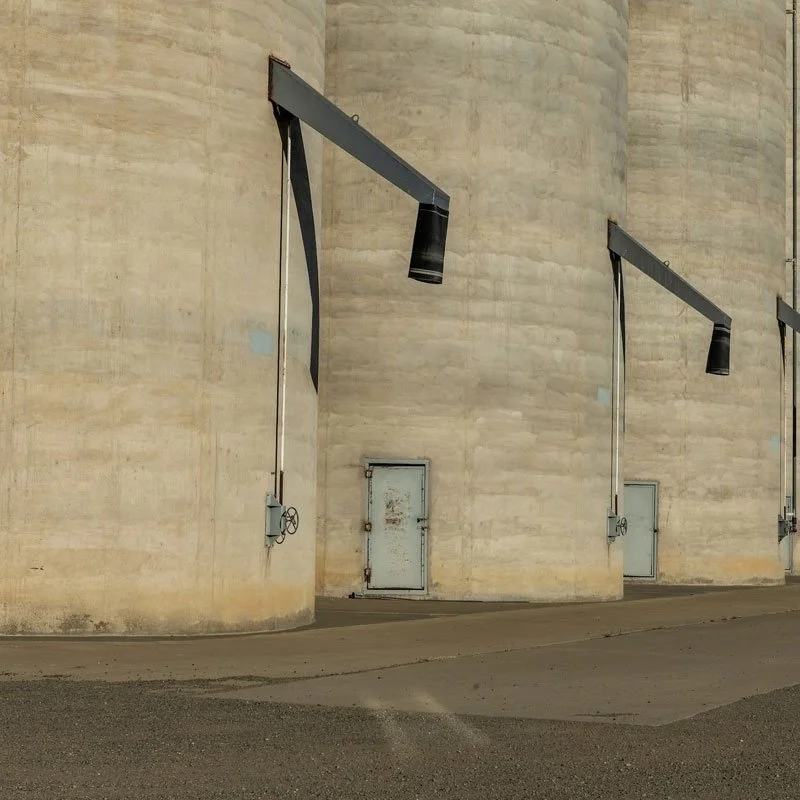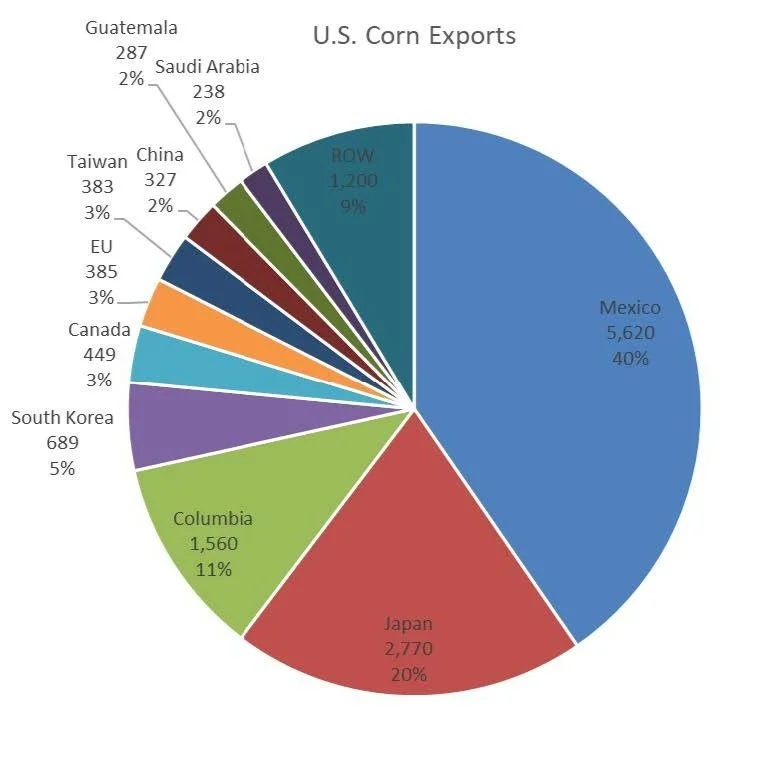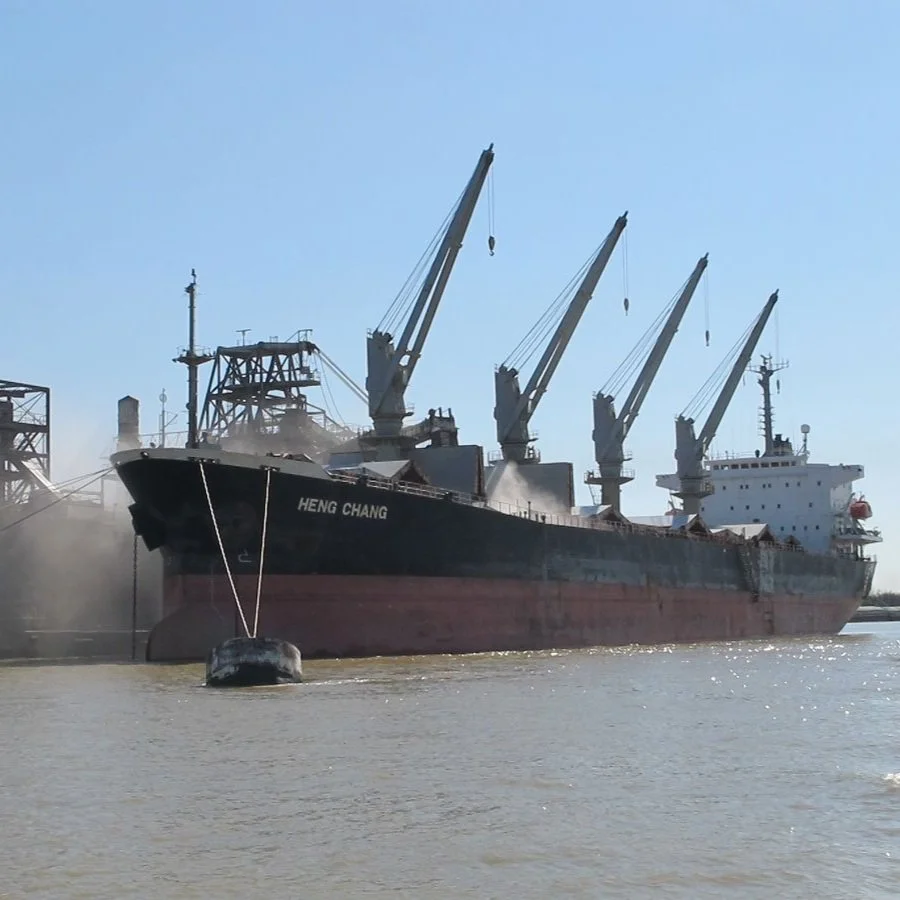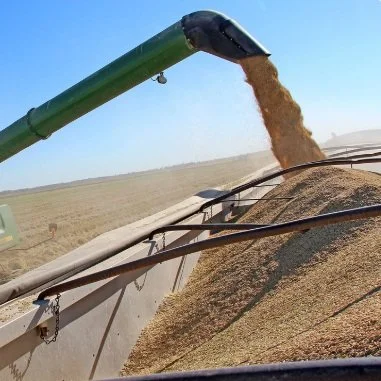As a rice farmer from California, it was a privilege to tour in one of the most dynamic and innovative rice-producing regions in the world, exploring the rice industries in Texas and Louisiana to see how our partners in the south approach rice farming, milling and trade. It gave me valuable insights into the similarities, differences, and challenges we all face in this industry.
Read MoreRice farmers who adopt irrigation techniques, like alternate wetting and drying (AWD) and furrow irrigation (FIR) have a promising avenue for increased profitability. These practices, promoted through initiatives by AgriCapture, provide a dual benefit.
Farmers can monetize their agricultural data, which verifies carbon credit generation while simultaneously producing a more sustainable rice crop.
Read MoreSoybean contracts jumped 20 cents in midday trading on Wednesday, April 9th, joining other commodities in a sharp rebound, after President Donald Trump took to social media to again raise tariffs on the biggest buyer of U.S. soybeans- China. New Chinese tariffs (125%), set Wednesday, April 9th, more than double the cost for Chinese buyers to import U.S. soybeans, but that didn't stop soy-bean futures from climbing higher.
Read MoreLast week, in its monthly World Agriculture Supply and Demand Estimates Report, the U.S. Department of Agriculture estimates India is expected to surpass China as the largest rice producing nation in the world this marketing year (MY2024/25).
Over the last nine years, India has experienced an unprecedented back-to-back record-breaking rice harvest.
Read MoreThe H. Rouse Caffey Rice Research Station Annual Rice Field Day will be held on Tuesday, June 24, 2025. This event is one of the most well attended events of its kind, routinely having over 400participants. It serves as a forum for scientists, industry members, farmers, and LSU AgCenter and Rice Industry leaders to come together to celebrate success and look towards the future.
Read MoreWhite House officials said that, beginning April 9, all Thai rice imports to the United States will face an additional tariff of 36%. The United States is the Western Hemisphere’s largest rice buyer, and since the mid-1980s Thailand has been the country’s leading foreign supplier of rice, especially aromatic varieties, according to the US Department of Agriculture’s Economic Research Service.
Read MoreWednesday, President Trump announced that he’s invoking his authority under the International Emergency Economic Powers Act of 1977 and signing an Executive Order imposing reciprocal tariffs on nearly every country across the world. The Executive Order finds that underlying conditions, including both tariff and non-tariff barriers of foreign trading partners, have caused a threat to the national security and economy of the United States.
Read MoreLouisiana corn producers intend to plant 530,000 acres, up 13 percent from the 470,000 acres planted in 2024. Upland cotton acreage intentions are at 110,000 acres, down 29 percent from the 155,000 acres planted last year. All hay acres expected to be harvested in Louisiana are estimated at 380,000 acres, up 10,000 acres from 2024.
Read MoreTrade policy in Washington these days is filled with talk of tariffs and retaliatory tariffs, but rice exporters should pay at least as much attention to a couple of more arcane terms: port service fees and restrictions on services.
Read MoreFaculty and staff of the H. Rouse Caffey Rice Research Station served as meeting coordinators and hosts of the biennial Rice Technical Working Group (RTWG) meeting. The Rice Technical Working Group is a collection of scientists, students, and industry personnel all working to advance rice production
Read MoreSlow demand in a well-supplied market has pushed global rice prices down in recent weeks. Buyers have held back as new crops increase availability.
Read MoreADM Rice has sold 88,000 more metric tons of U.S. long grain milled rice to Iraq, bringing to 220,000 metric tons the amount purchased by Al Awees, the agency that buys and distributes grain for the Iraqi government, in 2024-25.
Read MoreRice planting got off to a delayed start this year in Texas and southwest Louisiana because of wet and cool conditions early, but it is pedal to the metal this week as growers work to get seeds in the ground.
In Texas, planting progress west of Houston is all over the board with some farmers finished (L.G. Raun in El Campo, and Allen Anderson in East Bernard) to some who have not yet started. A common theme is lack of ground moisture, with several farmers saying they delayed planting because of lack of soil moisture, but with no rain in the forecast, they will plant dry and plan to flush fields for seed germination.
Read MoreLast week, the U.S. Department of Agriculture/Foreign Agricultural Service (USDA/FAS) released the 2025 Market Access Program (MAP) and Foreign Market Development (FMD) allocations, with USA Rice receiving nearly $5 million, in addition to the $6.5 million in Regional Agricultural Promotion Program (RAPP) funds allocated at the end of last year.
Read MoreA raging fire destroyed the historic Lake Charles Rice Mill on North Kirkman Street, engulfing the central warehouse and a rice dryer in flames on April 26, 1984, and forcing the evacuation of more than 200 families from their homes.
The seven-story facility was gutted by fire when a 440-volt fuse box exploded, triggering a massive fire in the 59-year-old building, according to that day’s front page of the American Press.
Read More














